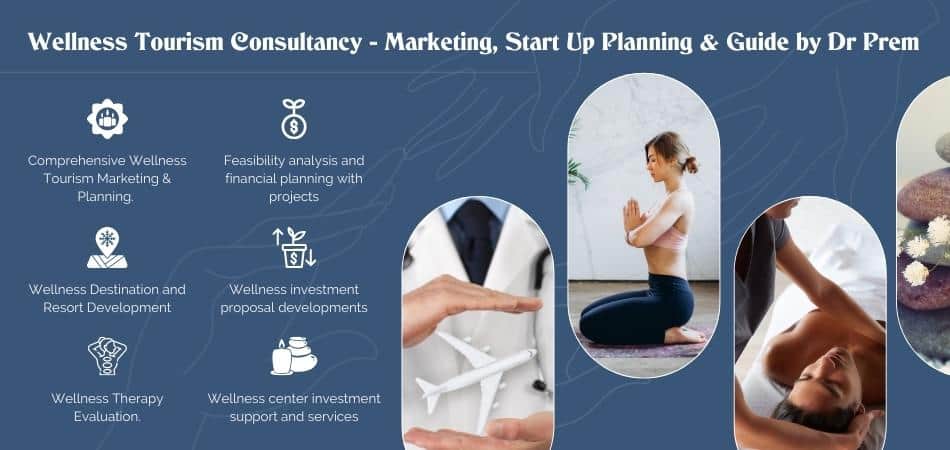Total immersion in an activity to the extent that you are completely unaware of your surroundings is known as “Flow”. This state or experience, in which you are blissfully unaware of everything, creates a sense of happiness that comes from deep within your being. Artists – musicians, sculptors, writers, experience this state and produce works of art which are absolutely spellbinding and can withstand the test of time. They derive a profound sense of satisfaction and happiness, which fuels their spirit. Everyone of us is capable of experiencing this “flow” state of intense happiness; let’s see how we can do that:
History of flow
The evidence of flow state can be seen throughout history, right from the time when Arjuna was able to hit the fish’s eye, or the magnificent Sistine Chapel by Michaelangelo, the compositions of Bach, Beethoven and numerous other achievements of humanity.
Mihaly Csiksxentmihalyi, a Hungarian-American professor of psychology, in 1975, researched scientifically flow, and revealed his discoveries to the public. He found that there were six factors involved in the process of flow:
Focused and intense concentration on the activity
Timelessness
Merging of awareness and action
Loss of ego or self-consciousness
Intrinsic motivation, i.e., the cause of flow is the reward of flow as well
Control over the activity / situation, knowing that it is doable
What the research says
Larson and Csikszentmihalyi, in the 1970s found a method to measure flow by the ESM method or Experience Sampling Method, in which the participants of the study were asked to record their daily experience at certain times in the day, which led to the researchers discovering activities that led to the state of flow. Researchers found that there were low-flow and high flow activities, and the relation to happiness. Watching TV, eating and socializing led to low flow states whereas indulging in a favourite hobby in which one was completely involved and every thought and action followed from the previous activity, using the person’s skills, led to high flow and increased happiness. High flow activities have long term benefits whereas low flow activities lead to low self-esteem and depression.
A study by Navarro and Ceja found that a balance of interest, absorption and enjoyment can increase flow. Their work has been crucial for organizations who want to increase their employees’ creativity, productivity and well-being.
Tal Ben Shahar’s ‘Flow’ Chart
In 2007, Tal Ben Shahar’s Positive Psychlology -PSY 1504 was the most popular class at Harvard ever. The media dubbed his class “Happiness 101” and his course became the byword for students searching for happiness. His x-y graph had task difficulty and skill level on the x and y axis respectively, and the flow zone is being between the zone which has boredom, as the task is too easy according to skill level, and beneath it is anxiety and stress when the skill set is outpaced by the challenge.
What this means is that, to experience flow, the activity must be challenging enough that it pushes you to accomplish it using your skills, but not cause you anxiety or stress.
What defines flow activity

How you can experience happiness flow
According to Professor Csikszentmihalyi, happiness cannot be described as fixed, but it is a state we can experience as we learn more and more how to find/reach the flow state in our daily lives. It can occur when we are stretched to the limits of our skills to accomplish something worthwhile.
To experience flow state, you can:
Set goals
Understand challenges
Develop skill set
Monitor feedback
Ignore distractions and become immersed
Engage in the flow activity regularly
Concentrate on the process
Flow activities can be a passion, a sport (fitness or competitive), study, art, hobby, music, research, or even any activity that is related to your work. These can even help you to challenge yourself and makes you happy. When you cultivate the flow state, you can build happiness, and emotional and psychological resilience. Your productivity increases and you attain peace, which cannot be disturbed by the happenings in your life.








